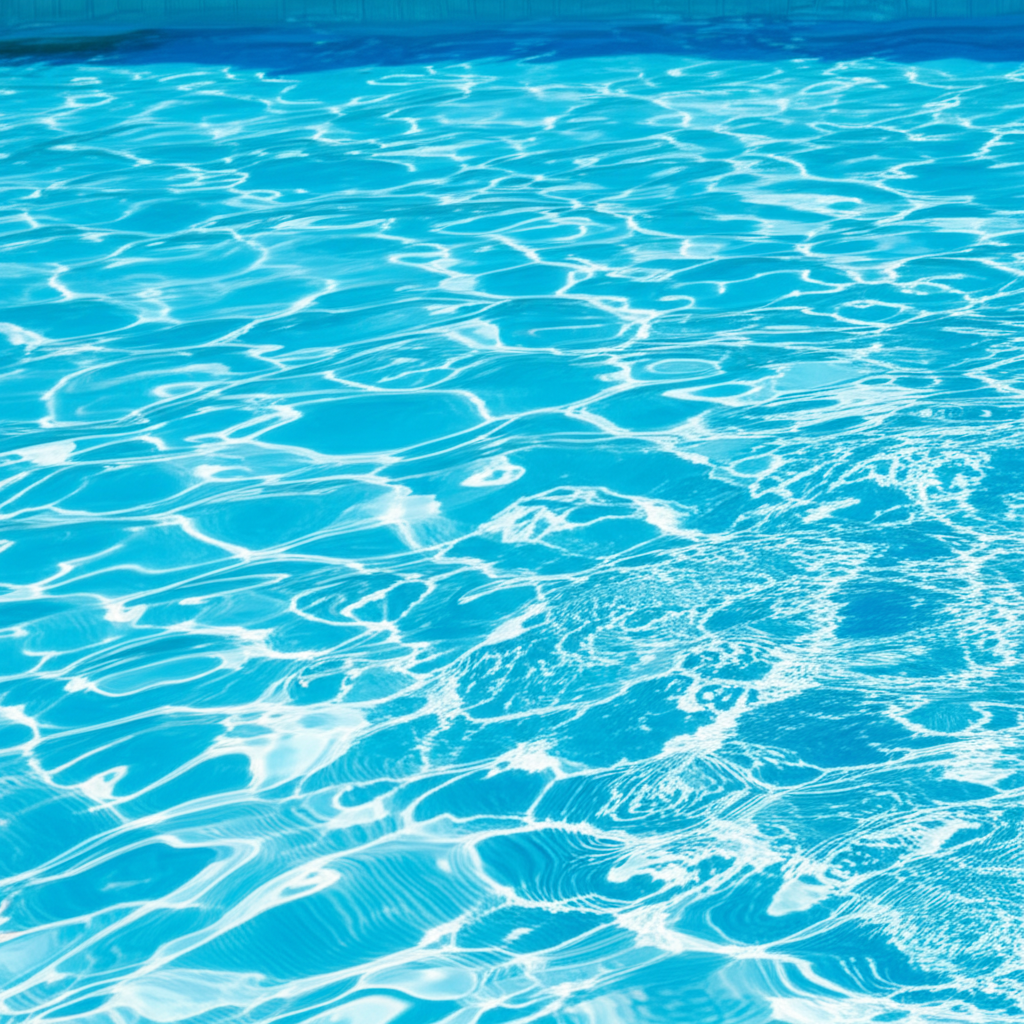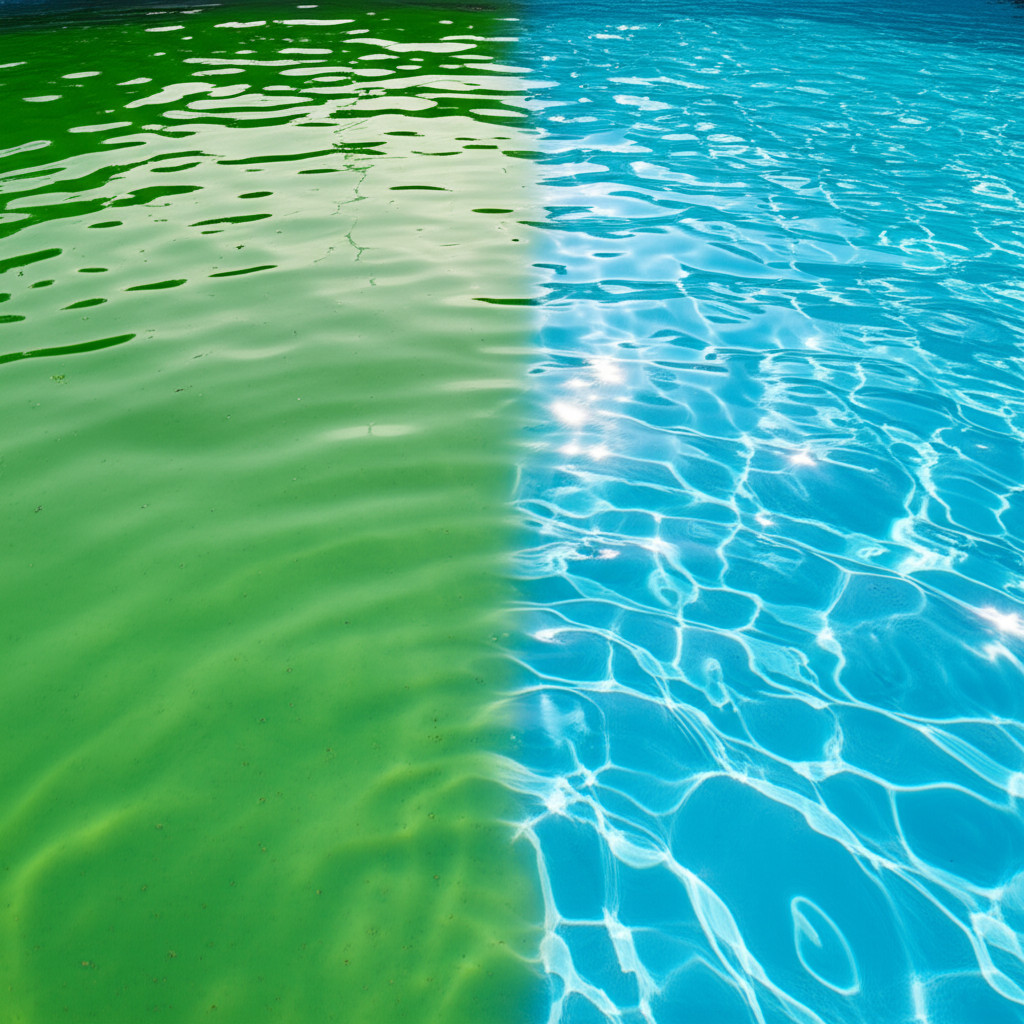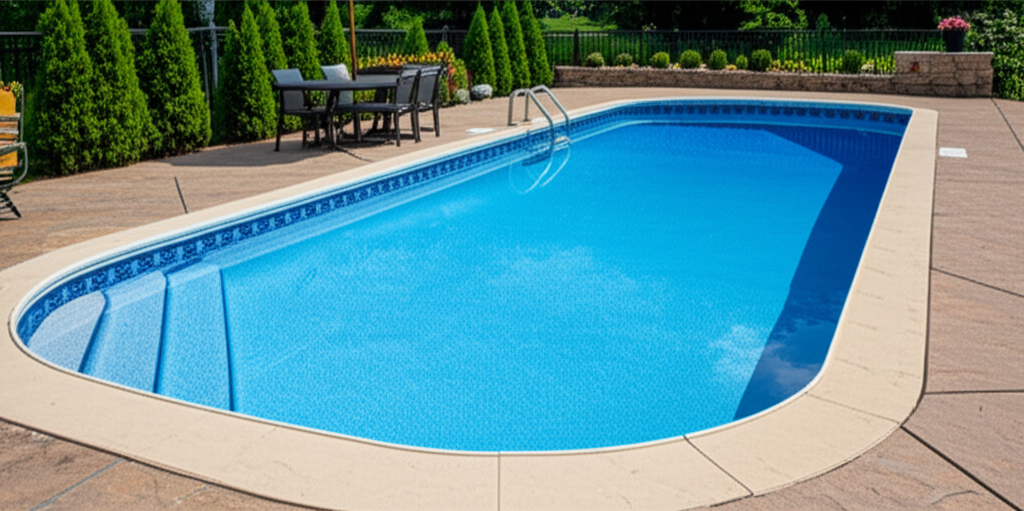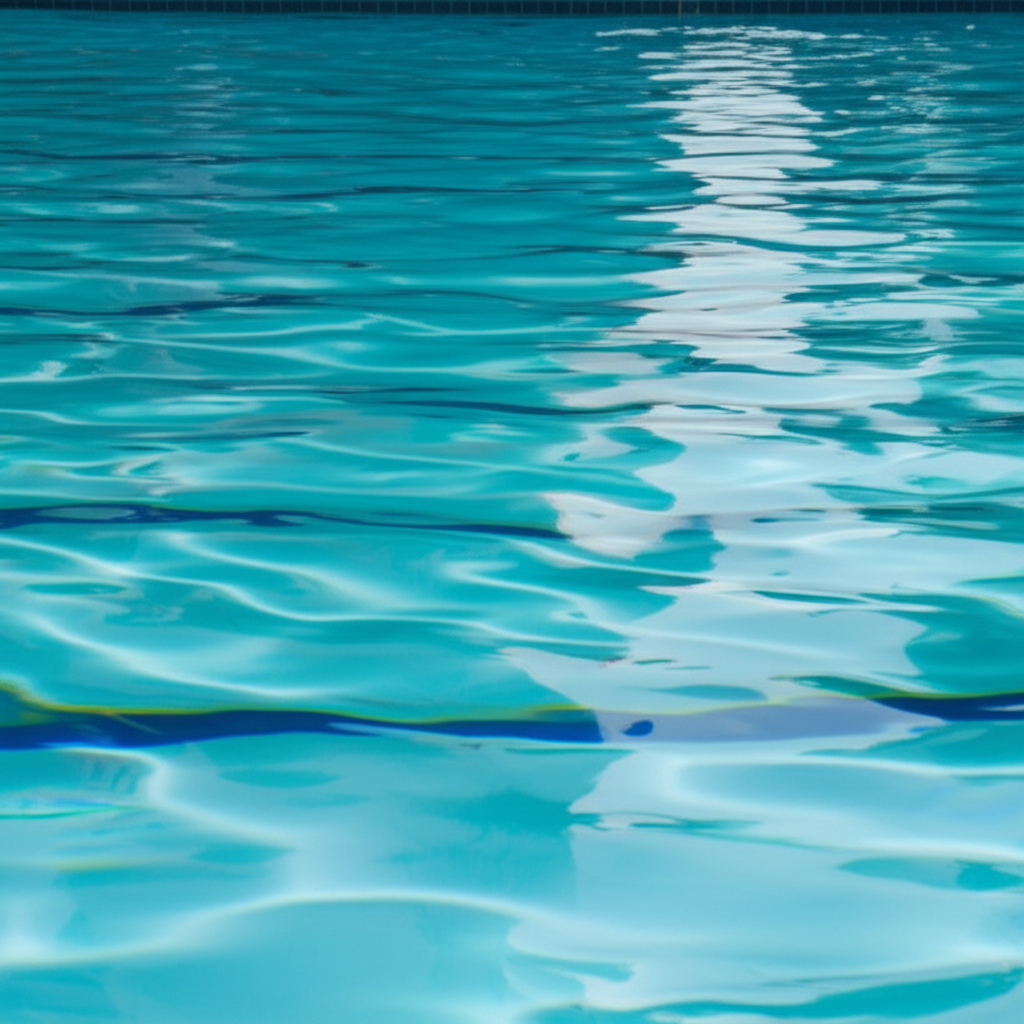- What Exactly is Pool Shocking? An Introduction to Superchlorination
- Why Your Pool Needs Regular Pool Shock Treatments
- The Science Behind the Stunning Results of Pool Shock
- Choosing the Right Pool Shock Product
- Achieving Effortless Clean: Best Practices for Applying Pool Shock
- Maintaining Your Pool Post-Shock
Pool Shock is more than just a chemical treatment; it’s the secret weapon for any pool owner seeking crystal-clear water and a pristine swimming experience. It’s the process that breathes new life back into cloudy, dull, or problem-ridden pools, delivering stunning results that make maintenance feel surprisingly effortless. If you’ve ever wondered how to quickly restore your pool’s sparkle and ensure it’s hygienically safe, understanding pool shocking is your first step.
What Exactly is Pool Shocking? An Introduction to Superchlorination
At its core, pool shocking involves intentionally raising the chlorine level in your pool to a super-high concentration, typically 5-10 times the normal recommended level. This process is technically known as Superchlorination. The goal isn’t just to add more chlorine for regular sanitization, but to create a powerful chemical reaction that breaks down contaminants that regular chlorine levels can’t tackle effectively.
Over time, your pool water accumulates a host of unwelcome guests: bacteria, algae spores, organic matter from swimmers (sweat, oils, lotions), pollen, and environmental debris. As your regular sanitizer works to fight these off, it creates “combined chlorine” also known as chloramines. These chloramines are responsible for that strong, irritating “chlorine smell,” eye and skin irritation, and, ironically, reduced sanitizing power. Superchlorination is specifically designed to destroy these chloramines and other contaminants, freeing up the “free chlorine” to do its job more efficiently and restoring water clarity.
Why Your Pool Needs Regular Pool Shock Treatments
Maintaining a healthy pool isn’t just about adding a little chlorine now and then. Your pool faces relentless assaults from various elements that diminish water quality and safety. Regular pool shocking addresses these challenges head-on:
1. Eliminating Chloramines: As mentioned, chloramines are the enemy of comfortable swimming and effective sanitization. Shocking oxidizes these combined chlorine molecules, eliminating the unpleasant smell and irritation, and allowing your chlorine to work optimally.
2. Killing Algae: Even if you don’t see green water, microscopic algae spores are always present. A good shock treatment prevents algae blooms before they happen and is crucial for eradicating existing algae.
3. Destroying Bacteria and Pathogens: While regular doses of chlorine keep bacteria at bay, a shock treatment provides a powerful surge to wipe out any resistant strains or overwhelming microbial loads, ensuring your pool remains hygienic.
4. Breaking Down Organic Contaminants: Sweat, body oils, pet dander, sunscreen, and even airborne pollutants all contribute to cloudy water and consume your free chlorine. Superchlorination blasts through these organic compounds, restoring brilliance.
5. Post-Event Recovery: After heavy bather loads (pool parties), severe rainstorms, or periods of intense heat, your pool’s chemical balance can be severely stressed. A shock treatment helps your pool recover quickly.
The Science Behind the Stunning Results of Pool Shock
The secret to a dazzlingly clear pool after shocking lies in the process of oxidation. When you introduce a high dose of chlorine, it rapidly increases the Oxidation-Reduction Potential (ORP) of the water. This intensified oxidizing power literally “burns up” organic contaminants, chloramines, and other nitrogen compounds.
Consider chloramines (monochloramine, dichloramine, trichloramine). These are formed when active chlorine reacts with nitrogen-containing compounds like ammonia (from sweat or urine). Superchlorination provides enough free chlorine to overcome these bonds, breaking apart the chloramines and converting them into inert nitrogen gas, which harmlessly off-gasses from the pool. This leaves behind only pure, free chlorine – the powerful sanitizer – ready to keep your water clean and healthy. The sheer oxidizing power is what transforms cloudy, dull water into the inviting, pristine oasis every pool owner dreams of.
Choosing the Right Pool Shock Product
Not all pool shocks are created equal. Understanding the main types will help you select the best option for your pool:
1. Calcium Hypochlorite (Cal Hypo): This is the most common and often most economical type of shock. It’s granular and dissolves quickly. However, it adds calcium to your water, which can be a concern for pools in hard water areas or those already battling high calcium hardness, as too much calcium leads to scaling.
2. Sodium Dichlor (Dichlor): A stabilized form of chlorine, dichlor contains cyanuric acid (CYA). It dissolves quickly and is often preferred for weekly shocking. However, repeated use can lead to high CYA levels, which can reduce chlorine’s effectiveness.
3. Lithium Hypochlorite: A fast-dissolving granular shock that doesn’t add calcium or CYA. It’s generally more expensive and has a lower chlorine percentage.
4. Non-Chlorine Shock (MPS – Monopersulfate): This product is an oxidizer but not a chlorine sanitizer. It breaks down contaminants and chloramines without adding chlorine. It’s great for quickly eliminating odors and clarifying water, especially if you want to swim soon after treatment. However, it doesn’t kill algae as effectively as chlorine shocks.
Always read product labels carefully and choose a shock that aligns with your pool’s specific needs and chemical balance.
Achieving Effortless Clean: Best Practices for Applying Pool Shock
For stunning results that make pool maintenance feel easy, proper application of Pool Shock is key:
1. Test Your Water First: Before shocking, ensure your pH is between 7.2 and 7.6. Extreme pH levels can make shock less effective.
2. Shock at Dusk or Night: UV rays from the sun rapidly degrade chlorine. Applying shock in the evening allows it to work most effectively overnight without fighting the sun.
3. Prepare the Shock: Never add granular shock directly to your skimmer or just dump it straight into the pool. Always pre-dissolve granular shock in a bucket of pool water (follow package directions for ratios) to prevent plaster staining.
4. Apply Evenly: With the pump running, slowly pour the dissolved shock solution around the perimeter of the pool, avoiding direct contact with any surface, especially if it’s undissolved.
5. Run the Filter: Keep your filter running for at least 6-8 hours, or ideally overnight, to circulate the shocked water and allow the chemicals to mix thoroughly.
6. Wait to Swim: Do not swim until the free chlorine level has dropped back down to 1-4 ppm, and your pH is balanced. This usually takes 12-24 hours or longer, depending on the initial shocking level and contaminants. Use your test kit to confirm.
7. Safety Precautions: Always wear protective gloves and eyewear when handling pool chemicals. Never mix different types of shock or other chemicals together, as this can create dangerous reactions. Store chemicals in a cool, dry, well-ventilated area away from children and pets.
Maintaining Your Pool Post-Shock
Once your pool has been shocked, continuous monitoring is crucial. Re-test your water chemistry (chlorine, pH, alkalinity, calcium hardness, CYA) and adjust as needed to maintain optimal balance. Regular brushing and vacuuming will also help prevent the re-accumulation of organic debris and keep your pool sparkling between shock treatments. For most pools, a weekly or bi-weekly shock treatment is a standard part of a comprehensive maintenance routine, ensuring your pool remains an inviting and healthy haven.
Embracing the power of Pool Shock, applied correctly and consistently, is the most effective way to achieve truly stunning water clarity and an effortlessly clean swimming environment. It turns potential pool problems into simple solutions, allowing you to spend more time enjoying your backyard oasis rather than worrying about its upkeep.




